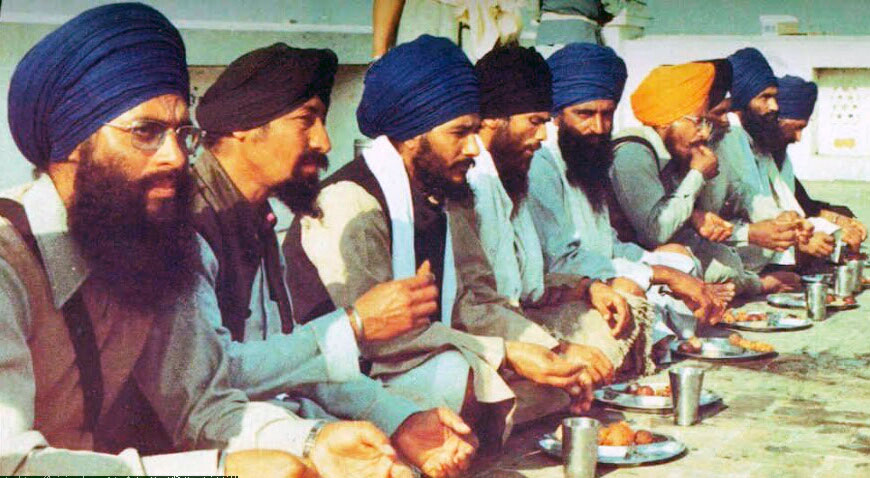This week as India remembers the 30th anniversary of the assassination of Indira Gandhi, the medias attentions have turned towards the so called ‘spent dynasty’ that carries her name. Utterly routed by the BJP in the recent elections the ‘Grand Old Party’, and namely the scions that lead it, have been told in no uncertain terms that to get things ‘back on track’ they need to be more like her. And so it seems some ghosts never fade.
The daughter of India’s first Prime Minister, Jawaharlal Nehru, Indira rose to prominence under the ever protective aegis of her father. Benefiting from a nepotism modern India could not shake, she wrangled her way to the top succeeding Lal Bahadur Shastri in 1966. Her politics was simple – pseudo dictatorship as evidenced by the Indian Emergency of 1977, heavy centralisation, and a few wars as distraction measures to keep the masses in check and jingoistic nonsense high.
But in the late ’70s she met her match. Zia al Haq, Pakistan’s president and an equally complicated chap, was not playing ball, and so she began to look elsewhere for an election spectacular. And so her eye settled on the Punjab and more specifically – the Akali Dal.
Whilst civil disobedience to the ‘Emergency’ of ’77 caught on in many parts of the country, after mass arrests, censorship and intimidation most of the opposition gave up or fled. Only the Sikhs successfully sustained this mass protest movement filling up the jails in Punjab. From his prison cell, the leader of the opposition, Jayaprakash Narayan called the Sikhs ‘the last bastion of democracy’. And from this point on – and that’s if she didn’t have it in for Sikhs before – she planned without mercy the downfall of a nation.
Using the cover of the Emergency she took hold of press, television and radio utilising them to broadcast furtively the message that Sikhs – as manifested by the Akalis – were anti-national, subversive elements. The legacy of this Congress voice of control is plain to see, even today, with their command of ‘estimable’ outlets like the Hindustan Times, The Indian Express and The Tribune. Gandhi’s family even had their own paper, the National Herald, which much like the party began to implode these last few years.
Armed with these voice pieces, she transfixed her eye, and that of the nations, onto Punjab, launching the most detestable action ever witnessed in modern India’s history. The animalistic assault upon a nations heart place in June 1984, resulted in an escalation of violence which according to Punjab’s state magistracy claimed the lives of 200,000 people in 10 years. For her sins, and those that she was further preparing to commit, she was assassinated.
With nearly a decade of conditioning that Sikhs were the cause of all India’s issues, a ghastly outcome was on the cards. Enter the bosses of the Party machine, who fanned these flames of resentment and led from the front. The rest of the story is well known. It ends in Genocide.
So who must take responsibility for this? The Congress Party of course, its leaders, its rank and file for the events of November, but Gandhi must take the lion’s share in the wider sense. She created the situation, refusing to even negotiate or discuss the mostly admirable terms of the Anandpur Resolution. She refused to see an India working along federal lines like Germany or the US. She refused to acquiesce to the judgement of India’s High Court that she had committed electoral fraud. She did all of this.
And so, the preposterousness of seeking to emulate her is laughable – and no doubt many will be, but tell this to the residents of Trilokpuri in Delhi and I’m sure not even a snigger will be forthcoming. The Widow’s Colony bears mute testament to the policies of Indira Gandhi; authoritarianism, jingoism, centralisation, which all lead to suffering as witnessed by this place.
I for one am hopeful that the ghost of Gandhi will fade and the world will come to realise what she actually was – the real threat to India’s democracy. But I think sometimes such a thought is exactly that – hopeful. This week whilst researching the genocide in Delhi, I came upon a dusty, but fair sized park sandwiched between two major centres of November’s violence, Kalyanpuri and Trilokpuri, overlooked by the well-known Widow’s Colony. In the aftermath of the events of 1984 it had been renamed – Indira Gandhi Memorial Park. And so it seems some ghosts never fade.






